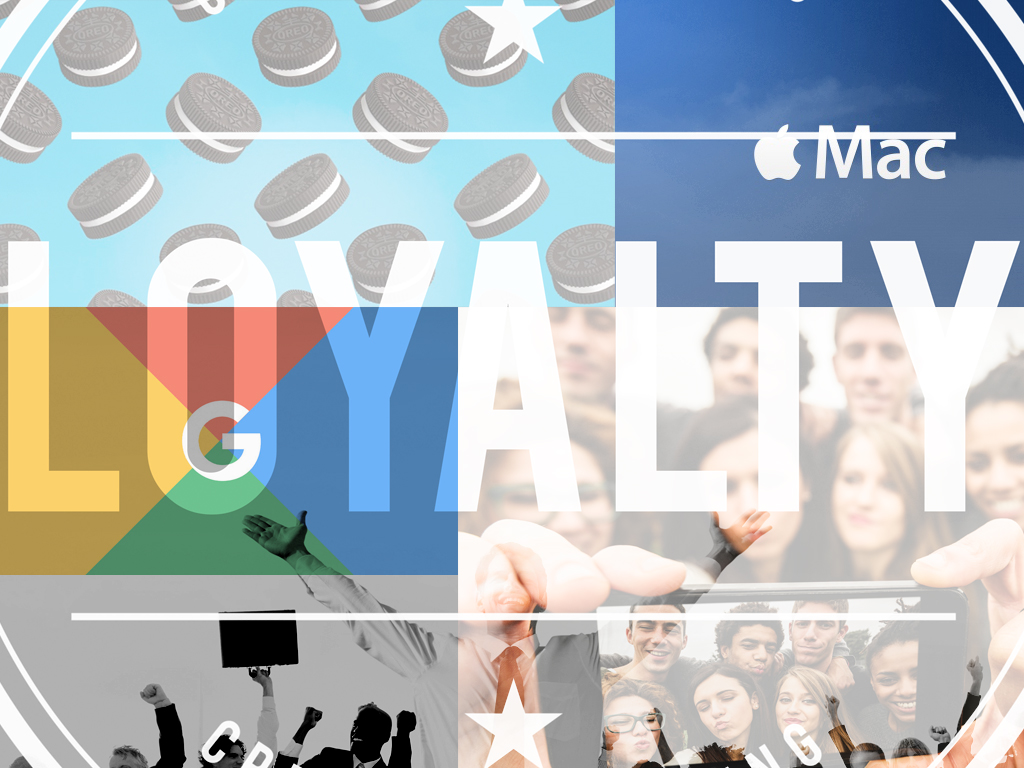There is a ton of research about all the things that Millennials love and hate about online video. Why? Well, 18- to 34-year-old digital natives are one of the most highly sought-after advertising demos with global spending powers of $2.45 trillion. So professional marketers need to learn how millennial audiences differ in behavior and preference from Gen Z, Gen X, and Baby Boomers.

Video Ads: 11 Things Millennials Love, Hate & Want
Let’s start with some new data by video ad tech company Unruly that found 11 things that Millennials love, hate, and want from video ads. The data is derived from two sources: Unruly’s Future Video Survey, which surveyed 3,200 internet users from the U.S., UK, Germany, Australia, Sweden, France, Indonesia, and Japan; and Unruly Pulse, which is powered by the company’s first-party data on emotional advertising. Unruly found:
- Millennials are 112 percent more likely than the average viewer to share the ads they like. Generating a strong emotional response will drive video sharing, so test your creative early to learn which emotions rise to the top – and amp those up. Then apply emotional targeting to deliver your ads to viewers who will love it most!
- 93 percent of Millennials say they’re considering ad blocking software. Turned off by the deluge of poor quality ads in their feeds, Millennials are turning to ad blockers to clean up their online experiences. Targeting these audiences with relevant ads in user-friendly players is crucial.
- 84 percent of Millennials regularly mute video ads. But this doesn’t mean they’re not paying attention! Follow this shift in user behavior and create ads that grab viewers with compelling visuals. Also consider adding text or closed captions to make your ad relevant with or without sound.
- 74 percent of Millennials lose trust in a brand if an ad feels fake. Advertisers need to be self-aware and ensure their messages match the brand’s core values. Smart advertisers don’t make claims that demonstrated behavior, product experience, and press coverage can’t support.
- 74 percent of Millennials watch videos on their laptop. Millennials love their mobile devices, but when it comes to watching video, they’re evenly split across desktop and mobile. Use a multi-device distribution strategy when targeting Millennials to match their natural viewing behavior.
- 63 percent of Millennials demand more control over their video advertising experiences. No one tells a Millennial what to do! Use ad formats that let Millennials initiate, minimize, pause, mute, and close video ads. Never force the view and use crystal clear disclosure. Collaborative advertising is about trust, not trickery.
- 59 percent of Millennials think there are too many ads. This ad shock is driving Millennials to ad block. And 49 percent are also sick of being shown the same ad over and over and 43 percent are “creeped out” by ads that follow them around the internet.
- Millennials are 27 percent more likely to feel happy and 25 percent more likely than the average viewer to feel inspired by video ads. Generating an emotional response is key to triggering engagement, sharing, and purchase intent. If these make sense for your brand, you’re ahead of the curve!
- Millennials are 23 percent more likely to enjoy relevant ads. Don’t assume all Millennials are the same. Use a mix of contextual, demo, psychographic, and behavioral targeting to reach those most likely to find your ad useful and informative. Testing and targeting are key for this demo.
- Millennial men are the most emotional demo when watching video ads. They over index against 7 emotional responses, including happiness, arousal, pride and inspiration, exhilaration, amazement, knowledge and shock.
- Zeitgeist is the top reason millennials share videos. It gets Millennials sharing, so plan for water cooler moments and use agile marketing to hop on the trends that make sense for your brand throughout the year.


8 Media Habits of Millennials
For a report entitled, “Perennial Millennial: A Viral Phenomenon,” L.E.K. Consulting conducted online research of 1,308 Millennials (people aged 16 to 34 in 2015) and 685 Non-millennials living across the UK. The research took place in September 2015. L.E.K. analyzed UK Millennials’ media habits across six life stages, from living at home with parents all the way through to starting their own families. Here are eight things that L.E.K found:
- Millennials spend twice as much time as non-Millennials on new media, such as online video services (11 vs. 5 hours per week) and social media (7 vs. 3 hours per week). However, traditional media such as TV, radio, and print represents only 35 percent of total media consumption for Millennials vs. over 60 percent for non-Millennials.
- New media consumption remains significantly above non-Millennials for all Millennial life stages, albeit time spent on social media and music streaming is highest for earlier life stage Millennials (at home and students). While Millennials’ use of traditional media is lowest for students and flat sharers, it remains significantly below non-Millennials even as they get their own place and have children.
- Online video consumption in aggregate remains high across all millennial life stages. However, the mix changes. The use of free online video services such as YouTube is lower for Millennials with kids than earlier life stage Millennials and their use of paid for online video services is higher. However, the consumption of traditional TV does not increase significantly for Millennials with families.
- The importance of alternative social media platforms differs between millennial life stages. Music streaming and social media are more important for earlier life stages. Facebook use is high across all life stages but the uptake of newer platforms (e.g. Instagram and Snapchat) is significantly higher in the earlier life stage segments.
- When asked which three media they would choose to take with them if stranded on a “desert island”, Millennials’ selections are very different to non-Millennials. The top three media for Millennials are social media, music, and subscription OTT video services while non-Millennials would prioritize radio, free-to-air (FTA) and pay TV.
- Both Millennials and non-Millennials are decreasing their use of traditional media and shifting consumption to new media. However, a larger proportion of Millennials state they have reduced the use of traditional media, in particular for traditional TV.
- Millennials across all life stages have significantly higher adoption of online video subscription services: 38 percent for Millennials pre-family and 32 percent for Millennials with kids vs. 15 percent for non-Millennials. And 85 percent of Millennials with OTT have Netflix, 30 percent have Amazon and 12 percent have NowTV.
- The behavior of Millennials spreads to older generations: from teenagers at home to their parents, wider family, and their networks of friends. For example, adoption of subscription OTT by all non-Millennials is still below Millennials. But, uptake is significantly higher for non-Millennials with children at home compared to other non-Millennials.
Millennial Video Consumption Behavior: 8 Findings

About a year ago, Animoto surveyed a representative sample of U.S. adult consumers to learn about their perception and experiences with video marketing as a promotional medium. The web-based survey was fielded February 9–11, 2015 with a sample size of 1,051 (Margin of error +/- 3.1 percent at a 95 percent confidence level). So, what do the 80 million U.S. Millennials, who will spend more than $200 billion annually starting in 2017, and $10 trillion in their lifetimes, love and hate about online video? Here are eight more things that Animoto found about millennials:
- 80 percent consider video content when researching a purchase decision.
- 76 percent follow companies on YouTube.
- 70 percent are likely to watch a company video when shopping online.
- 62 percent of U.S. millennials prefer to watch a video from a company instead of reading text.
- 60 percent prefer to watch a company video over reading a company newsletter, but 53 percent are more likely to read a newsletter from a company if video is included.
- More than half are likely to watch a video from a brand if they receive it in an email.
- 48 percent only watch videos on their mobile device.
- 45 percent prefer to watch video on their mobile device rather than on a laptop or desktop.
2 Examples of Online Video Millennials Love & Hate
What other things do Millennials love and hate about online video? Well, millennials are YouTube’s core (although by no means only) audience. So, take the following two examples with a grain of salt.
- The “Official Call of Duty: Infinite Warfare Reveal Trailer” was published to YouTube on May 2. Although it has more than 16.4 million views, it also has over 1.6 million dislikes, making it one of the most disliked YouTube videos ever.
- On the other hand, the “Battlefield 1 Official Reveal Trailer” was published to YouTube on May 6. It now has almost 23.4 million views and close to 1.3 million likes, making it one of the most liked YouTube videos of all time.
Now, 33 percent of “YouTube Gamers” are over 34 years old. That’s according to Google, which recently partnered with Ipsos MediaCT to survey a total of 4,803 participants in the U.S., ages 18–54, out of whom 2,802 go online at least monthly (aka “General Online Population”) and 2,001 go online at least monthly and stated that they watch gaming videos on YouTube at least monthly (aka “YouTube Gamers”).



